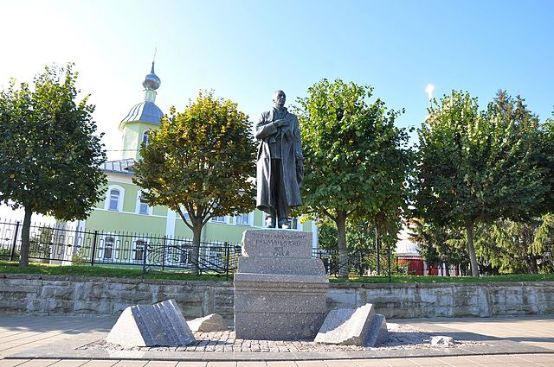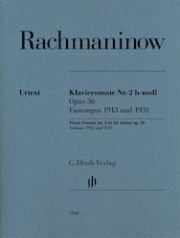Once expansive, once tighter
This edition offers the famous Piano Sonata No. 2 by Sergei Rachmaninov in both editions prepared by the composer.

Rachmaninov's 2nd Piano Sonata op. 36 is one of the Russian composer's most frequently performed works today. The younger generation in particular, and especially those from the Far East, study this demanding, highly virtuoso piece with passion and dedication.
This was not always the case. Especially in the German-speaking cultural area, this sonata had to fight against a bad reputation in the past. In its Handbook of piano literature Klaus Wolters stated succinctly at the time that Opus 36 had generally received almost only negative reviews. And in a later edition (1977) he no longer mentions it at all. Walter Georgii was annoyed by the "monotonous repetition of motifs". The extensive work is therefore "on the whole not very pleasing" (Piano musicAtlantis Verlag).
Rachmaninov himself was evidently not satisfied with the original conception of his Second Sonata from 1913 and subjected it to a thorough revision 18 years later. He made the piano writing somewhat more transparent and deleted a total of around 120 bars. That's more than 10 pages of music!
Whether he changed the work to his advantage as a result is a subject of constant debate. Vladimir Horowitz solved the problem in his own way and created his own mixed version of both versions with Rachmaninov's consent.
Dominik Rahmer has now published both of the composer's versions in one volume with Henle-Verlag, so that you can easily study the differences bar by bar. As usual with Henle, the music is clearly laid out and easy to read, even in the overloaded first version. The fingerings reveal the skillful practitioner and are by Marc-André Hamelin, who not only knows this repertoire very well.
You can take whatever view you like of Rachmaninov's Opus 36. As in the brilliant Piano Concerto No. 3, the composer's consistent motivic work can also be admired here. All the formal sections are developed from very few musical building blocks and artfully and logically linked together. Once in a somewhat tighter dress (version from 1931), another time in a somewhat more expansive, but perhaps more sensual version (1913).
Sergei Rachmaninov: Piano Sonata No. 2 in B flat minor op. 36, versions 1913 and 1931, edited by Dominik Rahmer, HN 1256, € 19.50, G. Henle, Munich








